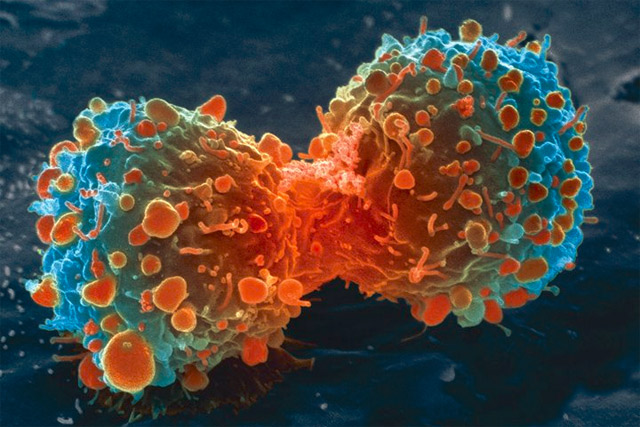Multi-drug resistance is the main challenge for chemotherapy – it is the leading cause of tumour recurrence and cancer metastasis. The root of the problem: efflux pumps on the cell surface which serve to protect a cell by pumping out unwanted toxic substances. Unfortunately, these come as a disadvantage when targeting cancer cells with drugs.
Scientists have started to focus attention on decreasing the function of the efflux pumps as a way of combatting multi drug resistance – this, of course, has potential to significantly improve efficacy of existing cancer therapies.
A recent publication in Nature Communications suggests specially designed nanoparticles and near infrared laser treatment may be the answer – they found that multidrug-resistance cancer cells become sensitive to chemotherapy drugs for at least 5 days, creating a therapeutic window for chemotherapy. Essentially, this new technique works by targeting mitochondria (a.k.a. ‘the powerhouses of the cell’) to reduce the amount of chemical energy – ATP – available to the pumps. It also reduces the expression and membrane distribution of the pumps.
Their results from in vivo mice experiments suggest we may be one step closer to reducing tumour recurrence and cancer metastasis without systemic toxicity. Thus, targeting efflux pumps may be the way to go in tackling this worldwide problem.
Xiaoming He. Targeted production of reactive oxygen species in mitochondria to overcome cancer drug resistance. Nature Communications, 2018





